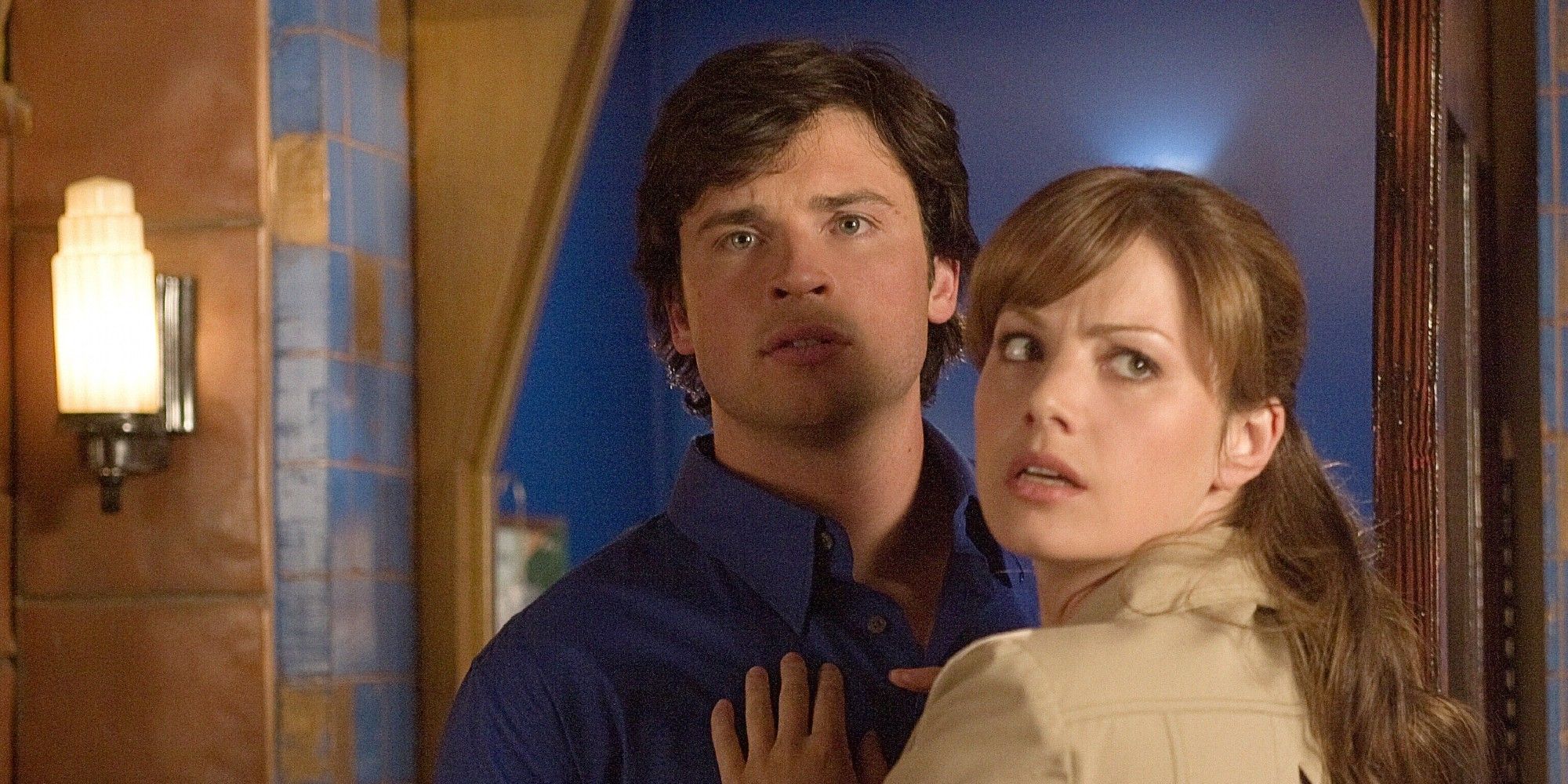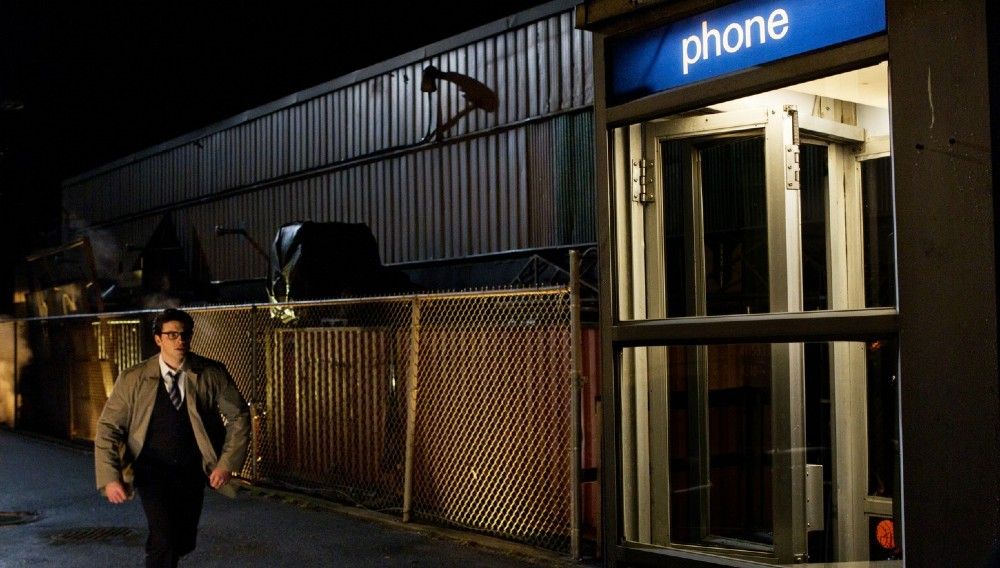Smallville, which aired on the WB (later the CW) from 2001-2011, was a show about the early years of Superman. The show followed Clark Kent (Tom Welling) as he grew up, tracking each individual step before he fully embraced the iconic mantle. The adaptation made many changes to Superman, but its granular approach allowed Smallville to focus on various aspects of Superman's lore, including dedicating whole episodes to his Super-Hearing (“Whisper”) or minor supporting-character Dan Turpin, played by David Paetkau (“Bulletproof”). Lois Lane, played by Erica Durance, didn’t even appear until the Season 4 premiere “Crusade.”
At first, Lois and Clark were not lovestruck, but instead bickered and squabbled with each other. Their relationship was a far cry from Clark's earnestly soppy teen romance with Lana Lang (Kristin Kreuk). Yet this was one way Smallville played with its source material’s expectations, building an organic and fulfilling relationship between Lois and Clark throughout its seasons. Lois’ romantic feelings for Clark only began flourishing in Season 8, particularly after the two began working together at the Daily Planet. This relationship then became a focus of Smallville’s final seasons, with the iconic Superman phone booth being used to facilitate it.
Introduced in the 1941 animated short “The Mechanical Monsters,” the phone booth is the classic place where Clark Kent changes into Superman. Although less common now (primarily due to the extinction of phone booths), it has featured throughout Superman comics and adaptations. Despite Clark not gaining his costume until the series finale, Smallville still referenced the phone booth as a changing room.
In “Exile,” a Red Kryptonite infected Clark stumbles into a phone booth before ripping his shirt open, revealing a burning “Mark of El” on his chest. Clark would also use it to change from regular clothes into a “reporter outfit” in “Plastique” and “Homecoming.” “Booster” also showcased the traditional usage, with Clark super-speeding inside one to become “the Red-Blue Blur,” even if this costume is only his red leather jacket.
Lois also used the phone booth to communicate with the Blur. “Stiletto” showed Lois eager to interview the Blur, and the episode ends with Clark using a voice-scrambler to chat with Lois, off the record, through the phone booth. Lois and the Blur would continue talking throughout Season 9, using anonymous calls to open up with each other. This connection is what spurred Clark to ask Lois out, and the two began dating in Season 9.
Of course, Lois was unaware of Clark’s secret alter-ego and became entangled in a love triangle with Clark and the Blur, not realizing they were the same person. But for Clark, he felt both parts of himself were able to connect with Lois, alongside her showcasing greater vulnerability with the Blur. Therefore, despite its secrecy, the phone booth allowed Clark a complete expression of himself and a complete understanding of Lois, leading to him fully fall in love with her.
Therefore, in Smallville, the phone booth became not only a literal changing room for Clark but also a liminal space that enabled him to reconcile his two sides with Lois, even if she didn’t know it. This outdated piece of technology provided the private connection needed to catalyze Lois and Clark’s relationship, thematically embodying the transitional space it serves for Clark Kent. Lois eventually discovered Clark was the Blur in the Season 9 finale “Salvation,” but waited to reveal this until Clark voluntarily told her himself, which he did in “Isis.” As a tribute to their “special place,” Clark used the phone booth to propose to Lois in “Icarus.” Smallville reconfigured this classic place of Superman lore as the fulcrum for another vital aspect, the romance between Superman and Lois Lane.


